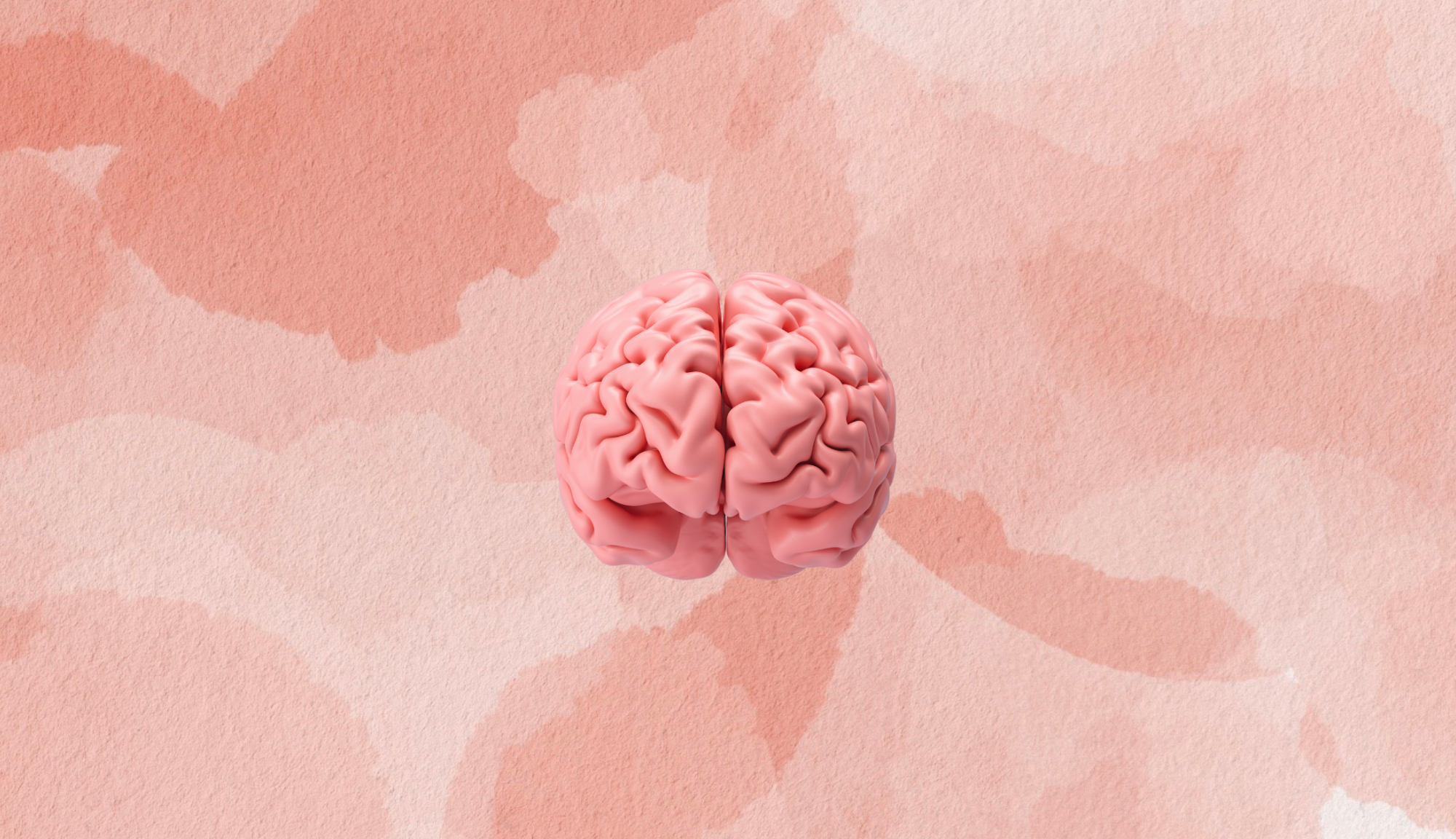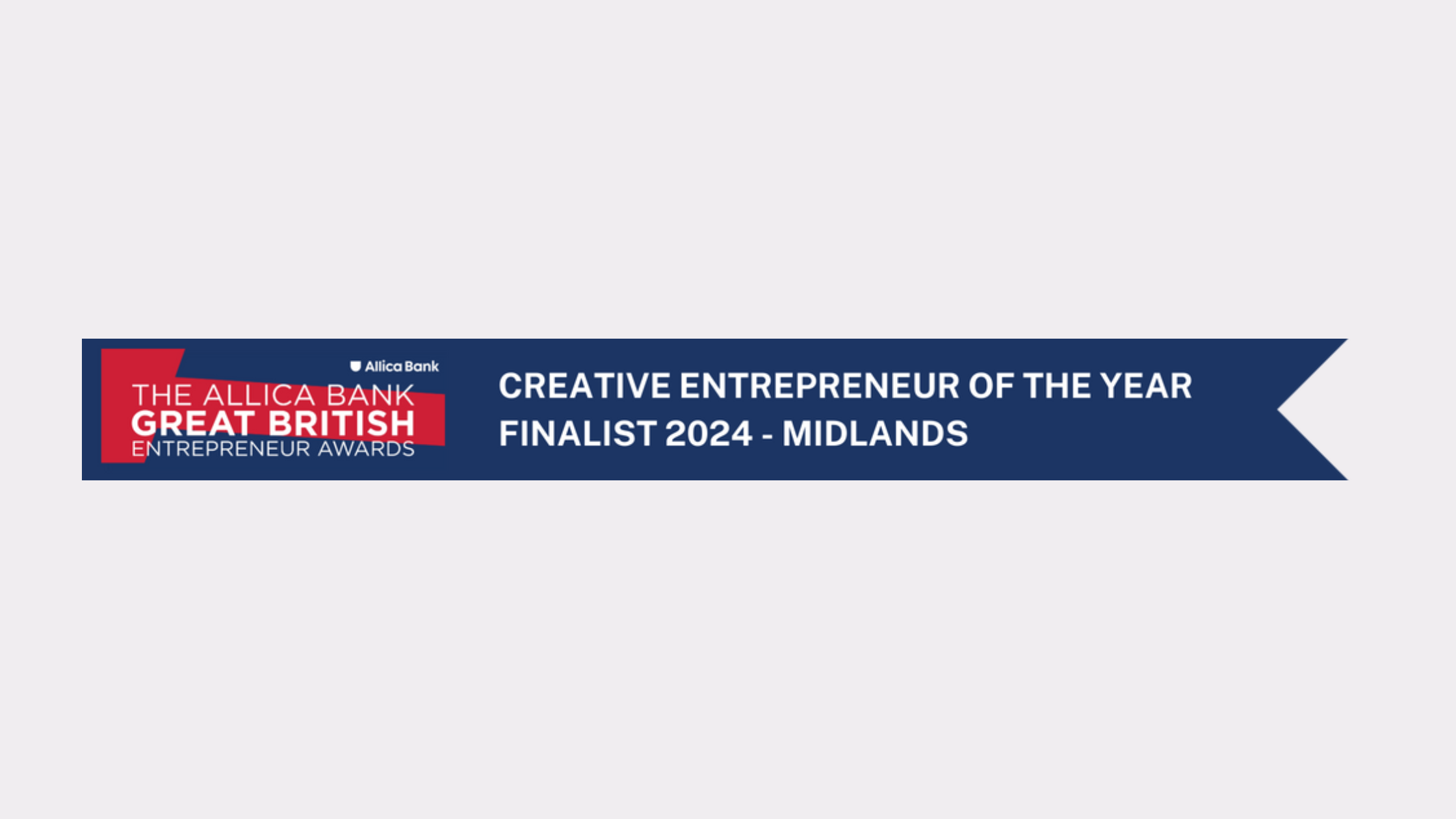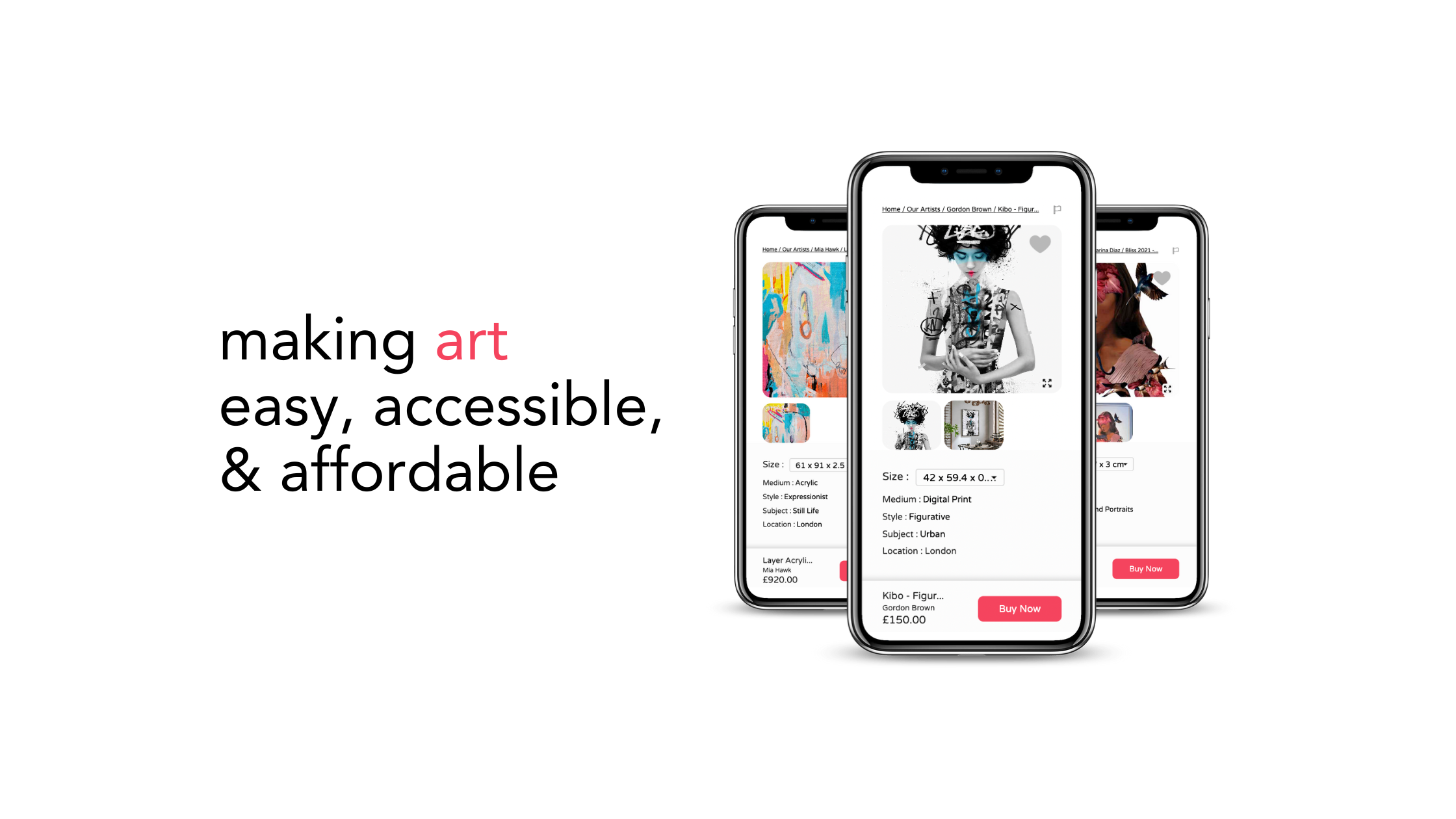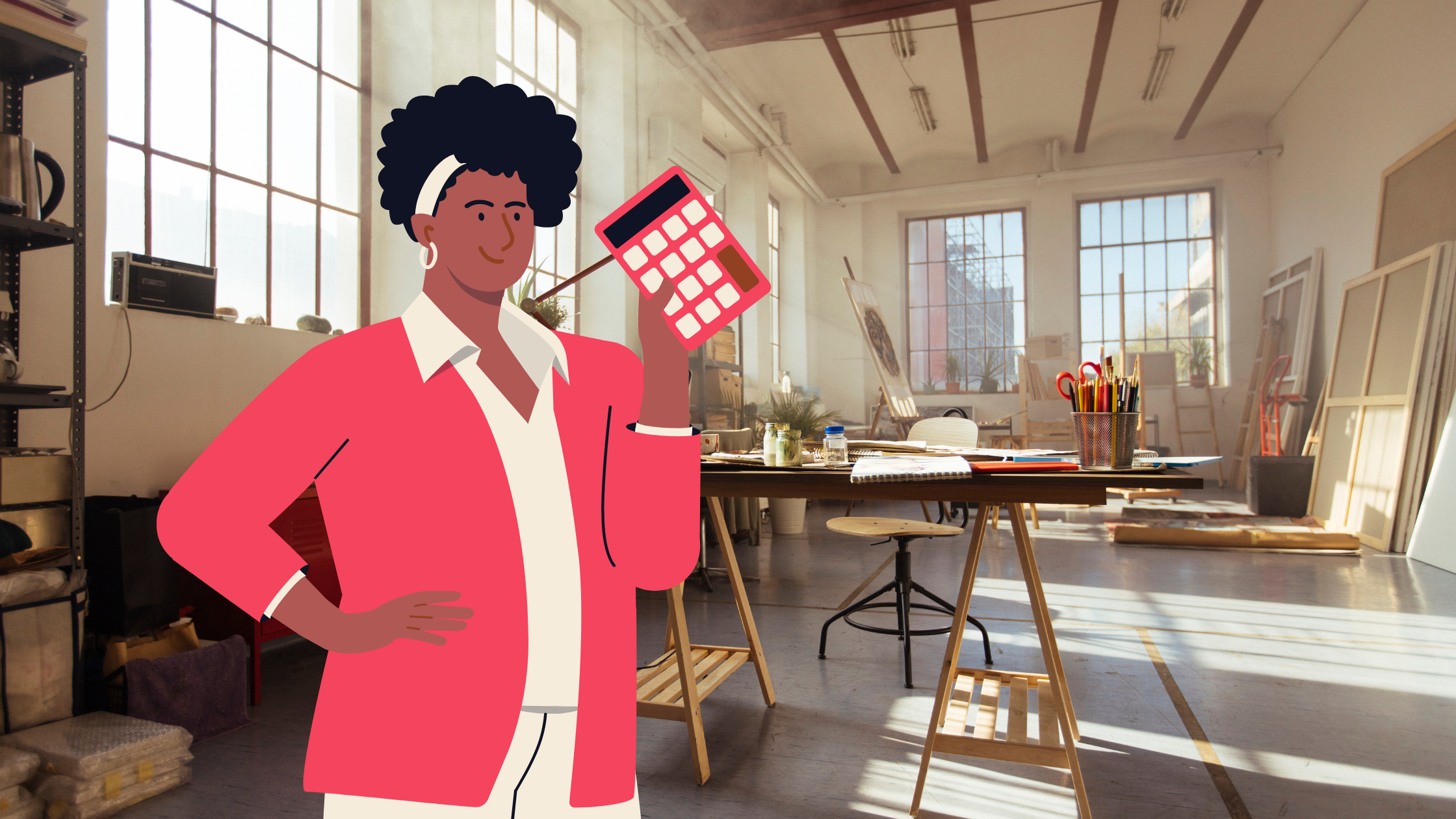The intersection of art and mental health offers a fascinating exploration into the therapeutic aspects of creative expression. Art therapy has emerged as a powerful tool in the realm of mental health, providing individuals with a means to express themselves, confront emotional issues, and foster healing.
Art Therapy Programmes: A Path to Healing through Creativity
Art therapy has been recognised as a beneficial treatment for depression, offering a means for individuals to express themselves creatively and process their emotions. It allows for communication on a deeper level, often beyond what words can express. Creating art can be a powerful step towards healing through creativity, enabling individuals to visualise and confront their emotions. People experiencing depression have found art therapy helpful in expressing and understanding their emotions, leading to improvements in their mental state. This therapeutic process can be particularly effective when guided by trained art therapists skilled in navigating the emotional responses elicited through art.
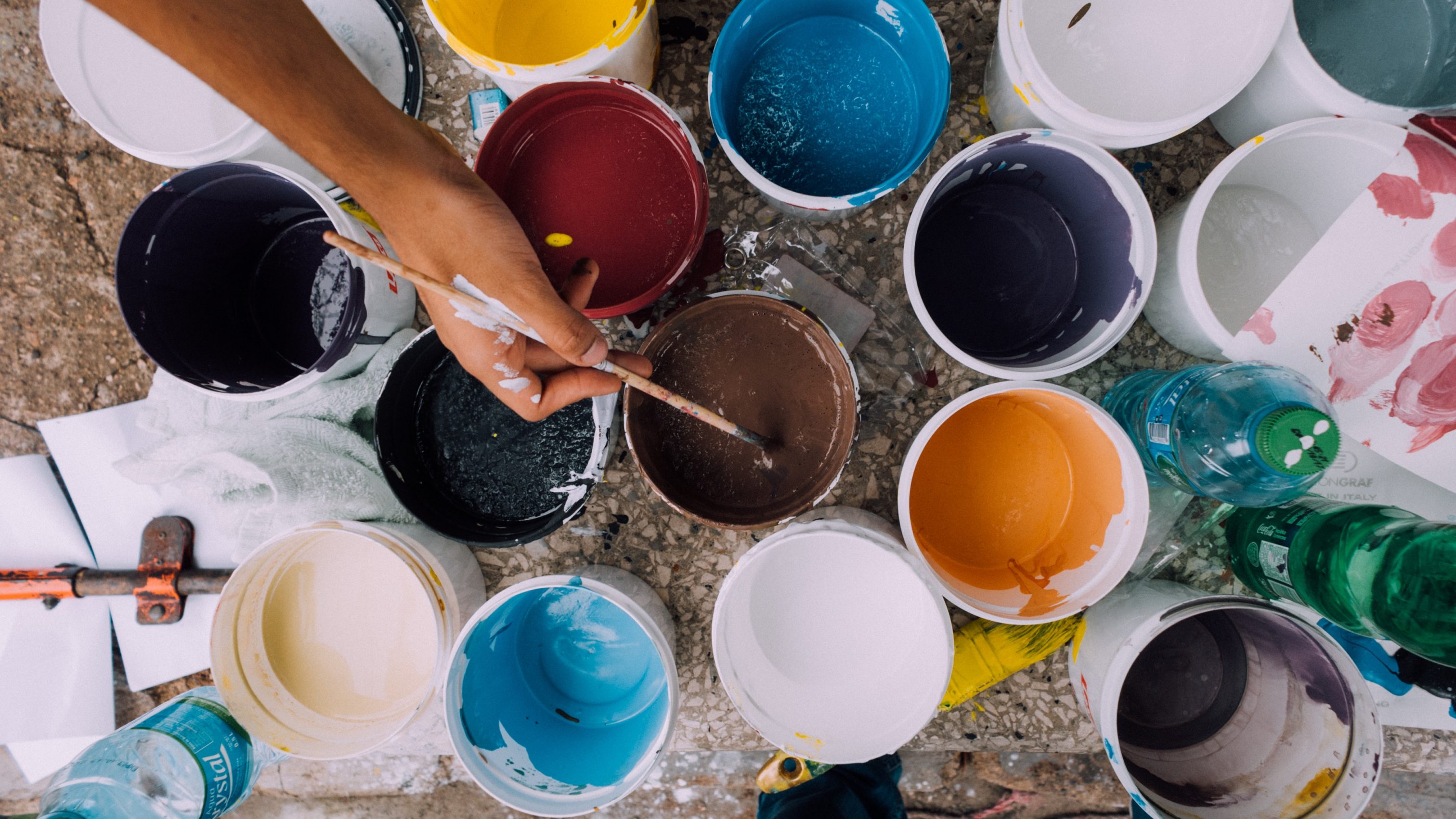

Artists and Mental Health Challenges
Many contemporary artists have been candid about their mental health struggles, using their experiences to destigmatise these issues and highlight the therapeutic power of art. For instance, Heather Agyepong, a visual artist and performer, has explored themes of mental health, identity, and diaspora in her work. Her series ‘Wish You Were Here’ reframed narratives around mental well-being. Similarly, Paola Paredes, in her series ‘Today is Hard’, captured the mental and physical toll of COVID-19, reflecting the increased mental health challenges during the pandemic.
In the music industry, Chester Bennington of Linkin Park, Kid Cudi, and Naomi Judd have openly discussed their battles with mental health. Bennington’s struggle with depression and substance abuse was well-known, and his death sparked important conversations about suicide awareness. Kid Cudi’s openness about his mental illnesses in the hip-hop community helped destigmatise mental health care. Naomi Judd was also a fierce advocate for mental health care, discussing her battle with depression and trauma in her memoir and public essays.
Visual artists like Victoria Olt and Mario Sanchez Nevado have used their art to express and explore their mental health struggles. Olt’s watercolours depict the numbness of depression and disconnection, while Nevado’s digital illustrations show the detrimental effects of emotions on our bodies. Photographer Abhisar Gupta has used photography to focus on his feelings and has found it therapeutic in dealing with anxiety.
In the ‘With Art in Mind’ exhibition, artists like Kim Noble, Darren MacPherson, and George Harding showcased their experiences with mental health through their art. Noble, diagnosed with Dissociative Identity Disorder, has multiple artistic personas, each with a distinct style. Drawing from his background as a social worker, MacPherson has created art that delves into the complexities of human emotions and societal issues. His work explores themes of empathy, human connection, and the struggles marginalised communities face.
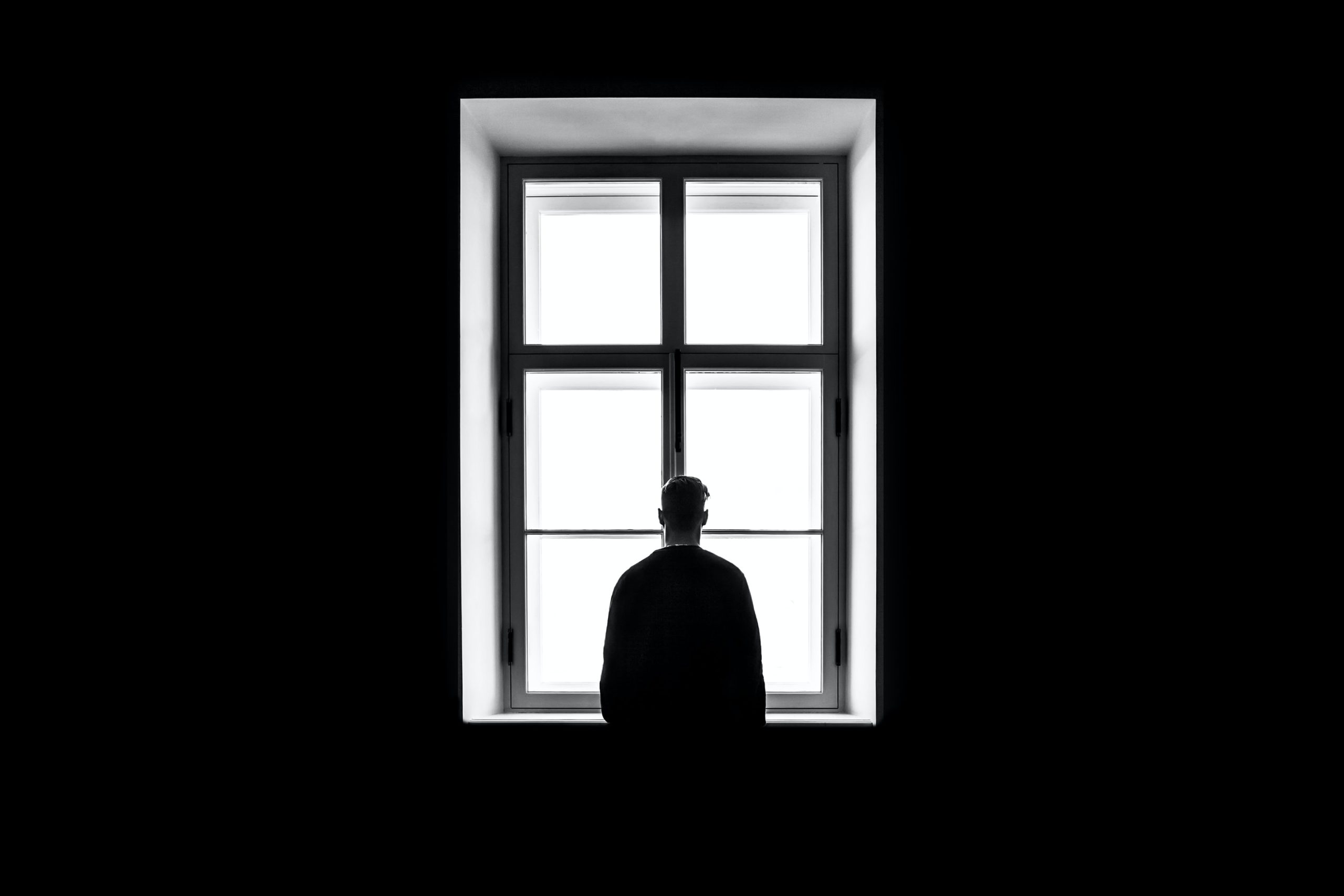
On the other hand, Harding’s self-portraits pose a powerful challenge to conventional notions of mental health. His art is deeply personal, drawing inspiration from his journey and experiences. Through his self-portraits, Harding invites viewers to engage with the raw and often stigmatised aspects of mental health, sparking meaningful conversations about this crucial topic.
Through their openness and creative expression, these artists provide relatable experiences for others facing similar challenges and contribute significantly to the ongoing conversation about mental health and the healing power of art.
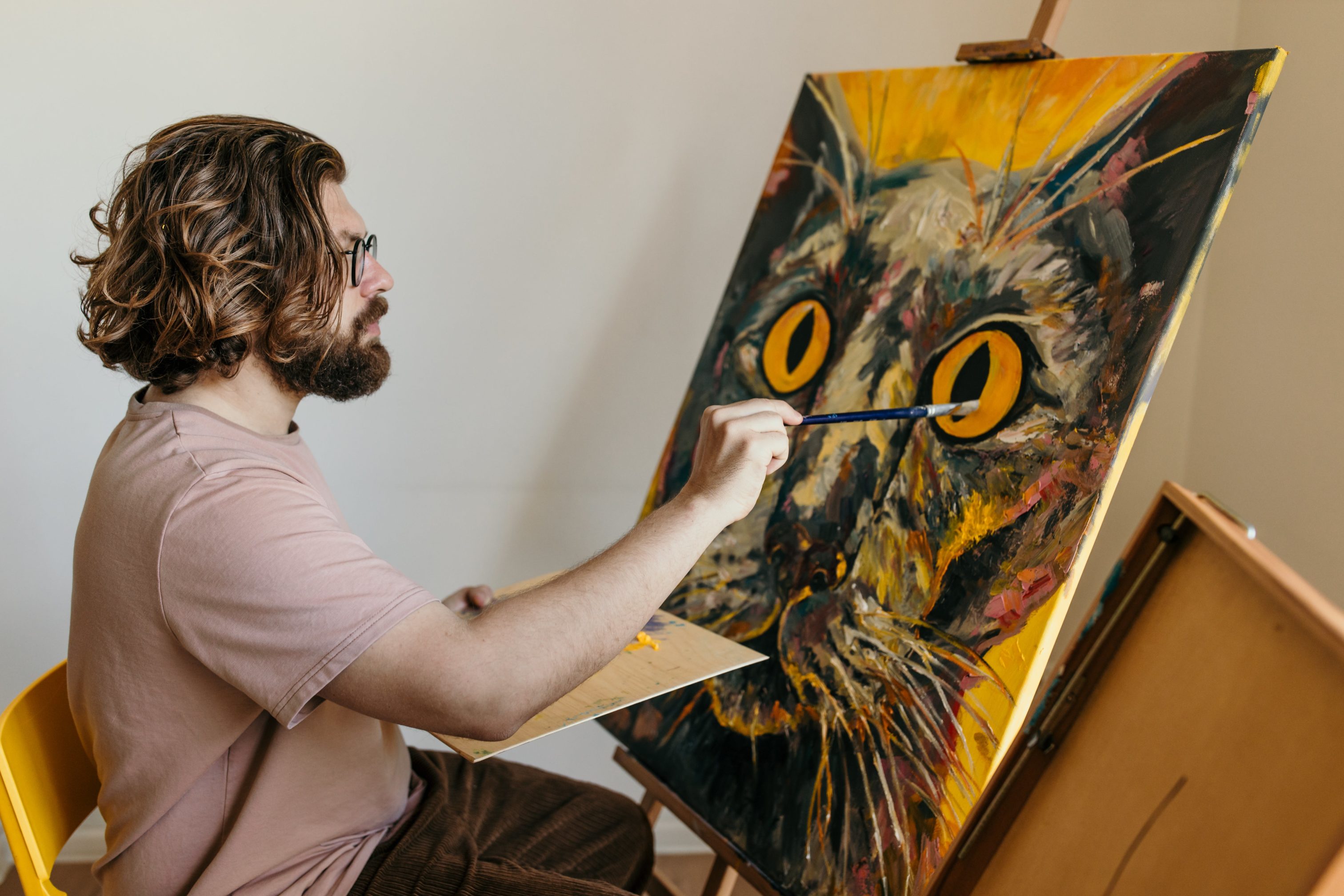
Creative Expression: A Powerful Healing Tool
Creative expression is a powerful healing tool and a conduit for personal growth. Engaging in various artistic endeavours offers a safe and non-judgmental space for individuals to process their experiences and emotions. This can range from visual arts like painting and drawing to writing, music, dance, theatre, filmmaking, crafting, fashion, cooking, and gardening. Each form allows individuals to express their ideas and emotions uniquely, fostering self-expression and storytelling.
Art therapy and creative expression, rooted in healing through creativity, have solid scientific backing for their numerous benefits. Engaging in art-making stimulates neuroplasticity, forming new neural connections and activating brain regions related to perception, emotion, and cognition. This, in turn, enhances emotional regulation, cognitive flexibility, and resilience. Moreover, it offers a unique avenue for emotional expression, revealing hidden meanings from the unconscious mind. The mindfulness and relaxation aspects of art therapy reduce stress and anxiety, fostering a sense of calm and well-being. It also strengthens social bonds in group settings by promoting social connection, shared experiences, and empathy.
The roots of Maximalism can be traced back to the early 20th century, emerging as a reaction to the restraint of minimalism and the simplicity of modernism. Key figures in this artistic movement were Jackson Pollock, celebrated for his dynamic action painting technique, and Yayoi Kusama, distinguished for her distinctive use of patterns and repetition in her artworks. Maximalism was part of the broader postmodern movement, which rejected rigid values and rules, celebrated imprecision, embraced diversity, and blurred the lines between reality and fantasy. It encouraged spontaneity and championed freedom of expression.
Maximalism emerged in the 17th and 18th centuries and became popular in the 1960s. The movement began and was popularised in America and parts of Europe. Artists in this movement used various mediums, such as oil on canvas, paints, inks, and prints on fabric, often employing multiple materials simultaneously.
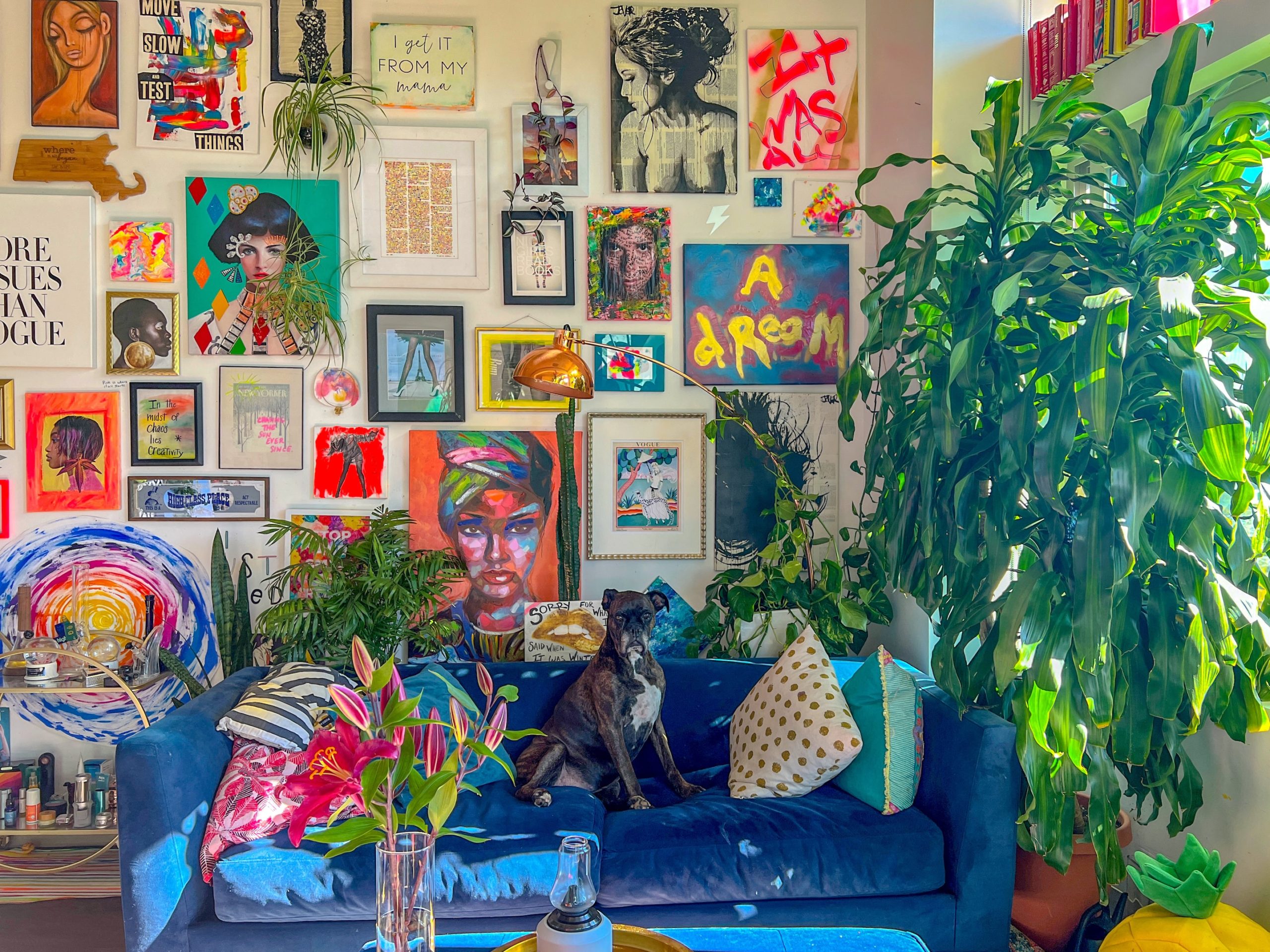
Moreover, incorporating healing through creativity into everyday life can have numerous benefits . Simple activities like non-dominant hand doodles, participating in a drum circle, having a dance party, gardening, or experimenting with fashion and styling can be highly therapeutic. They inspire individuals to delve into their distinct creative impulses and apply them across different facets of life, ultimately leading to a more multifaceted existence.
Creative expression is not limited to traditionally ‘artistic’ individuals. It’s an accessible and enriching path for anyone willing to explore their creativity, offering profound benefits for mental health, emotional well-being, and personal development.
Broader Implications and Accessibility
The positive effects of art therapy extend beyond individual therapy sessions, and its significance has been notably pronounced during the COVID-19 pandemic. Here are some broader implications and instances of its accessibility:

1. COVID-19 Pandemic Response
The COVID-19 pandemic brought unprecedented challenges to mental health and emotional well-being. Art therapy emerged as a valuable tool for individuals and communities to navigate the complex emotional landscapes brought about by the crisis. Many people turned to creative expression as a means of coping with anxiety, isolation, and uncertainty. It provided an outlet for processing emotions and finding solace in a time of upheaval.
2. Schools
Art therapy has found a valuable place in educational settings, where schools recognise its therapeutic benefits for students of all ages. It fosters emotional intelligence and stress-coping mechanisms. Art therapy also equips students with essential tools for self-expression and emotional regulation by promoting mental well-being, contributing to their overall development.
3. Healthcare Facilities
Art therapy is widely used in healthcare settings, including hospitals and rehabilitation centres. It has proven effective in assisting patients dealing with various medical conditions, including cancer, chronic pain, and traumatic injuries, by alleviating stress, improving mood, and supporting overall healing.
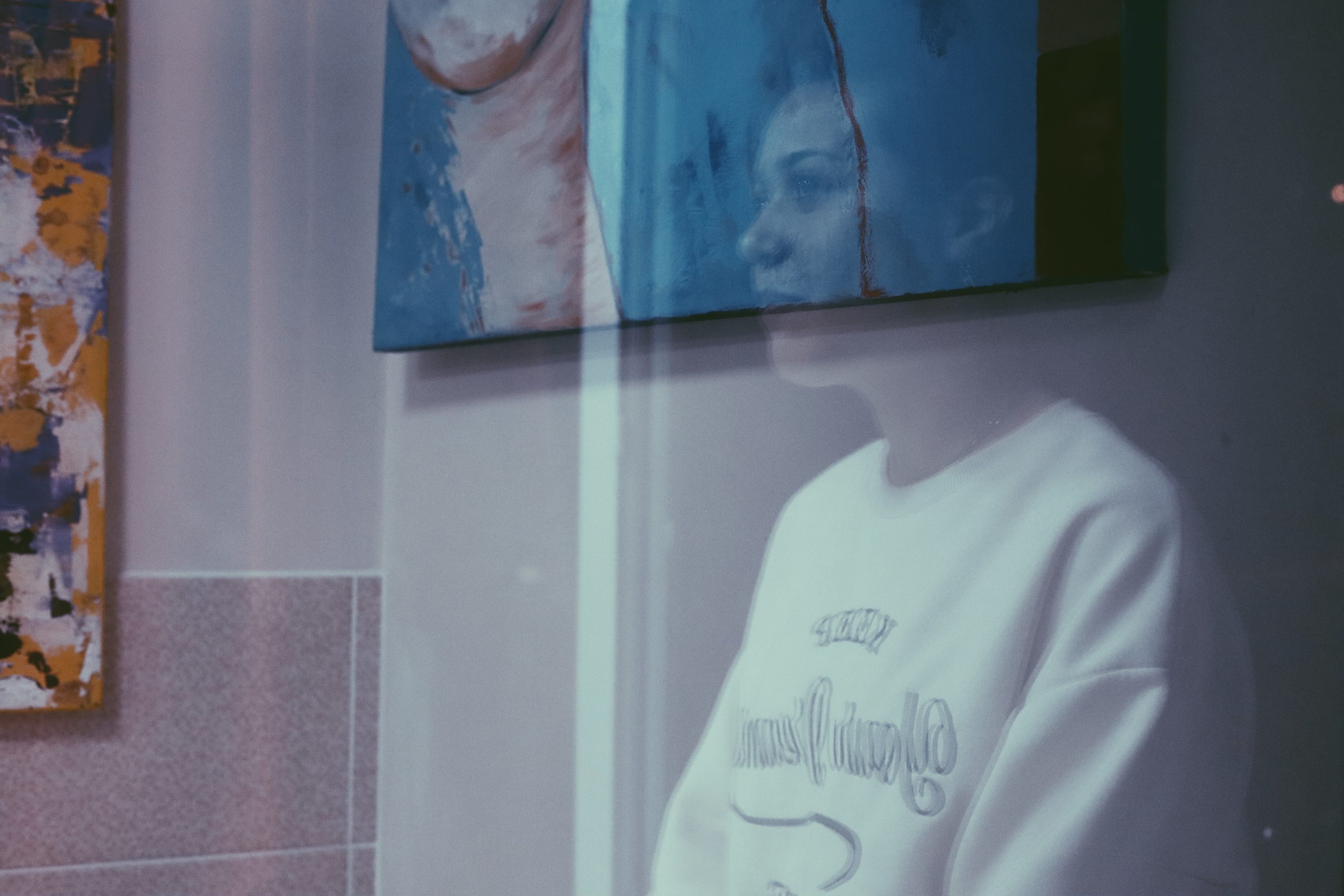
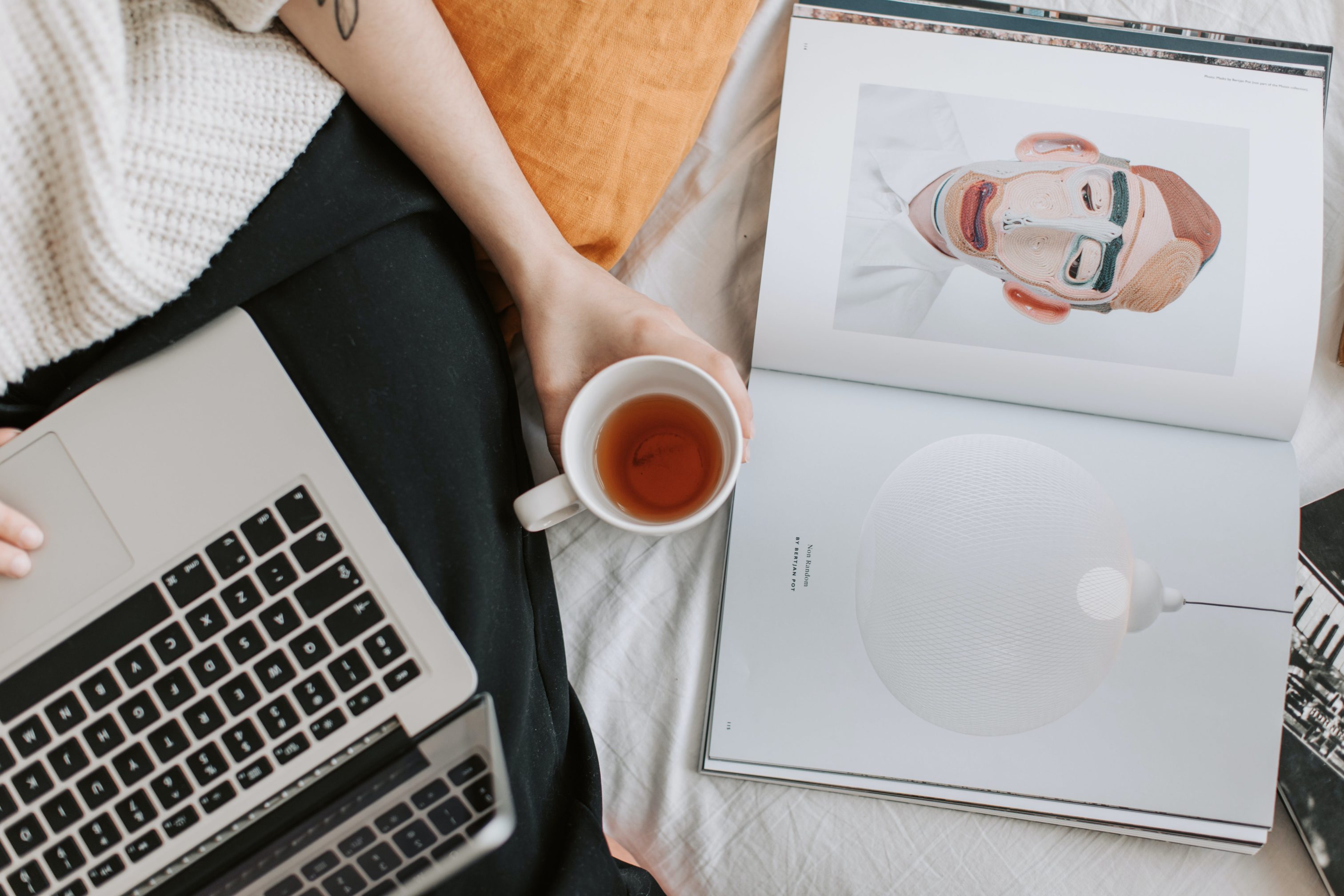
4. Community Centers
Art therapy programmes in community centres serve as a valuable resource for people from diverse backgrounds and ages. These programmes often offer accessible and inclusive creative activities, fostering a sense of community and connection. Art therapy sessions in community centres can address a wide range of mental health challenges and provide support to those who may not have access to traditional therapy.
5. Online Platforms
The digital age has expanded the accessibility of art therapy. Online platforms and resources allow individuals to engage in creative expression from the comfort of their homes. Virtual art therapy sessions, instructional videos, and online communities allow people to explore their creativity and access therapeutic benefits remotely.
6. Crisis Intervention
Art therapy has been utilised in crisis intervention and disaster response. It can help individuals process trauma and grief in the aftermath of natural disasters, acts of violence, or other crises. Art therapy interventions provide a means of emotional release and resilience-building during challenging times.
7. Cultural Diversity
Art therapy programmes are adaptable and can be customised to accommodate cultural diversity. These programmes strongly emphasise respecting and incorporating cultural traditions, ensuring that individuals from diverse backgrounds can engage in creative expression that deeply resonates with their heritage and personal experiences. By doing so, art therapy becomes a means for individuals to connect with their cultural identities, share their stories, and find healing through an inclusive and culturally sensitive medium.
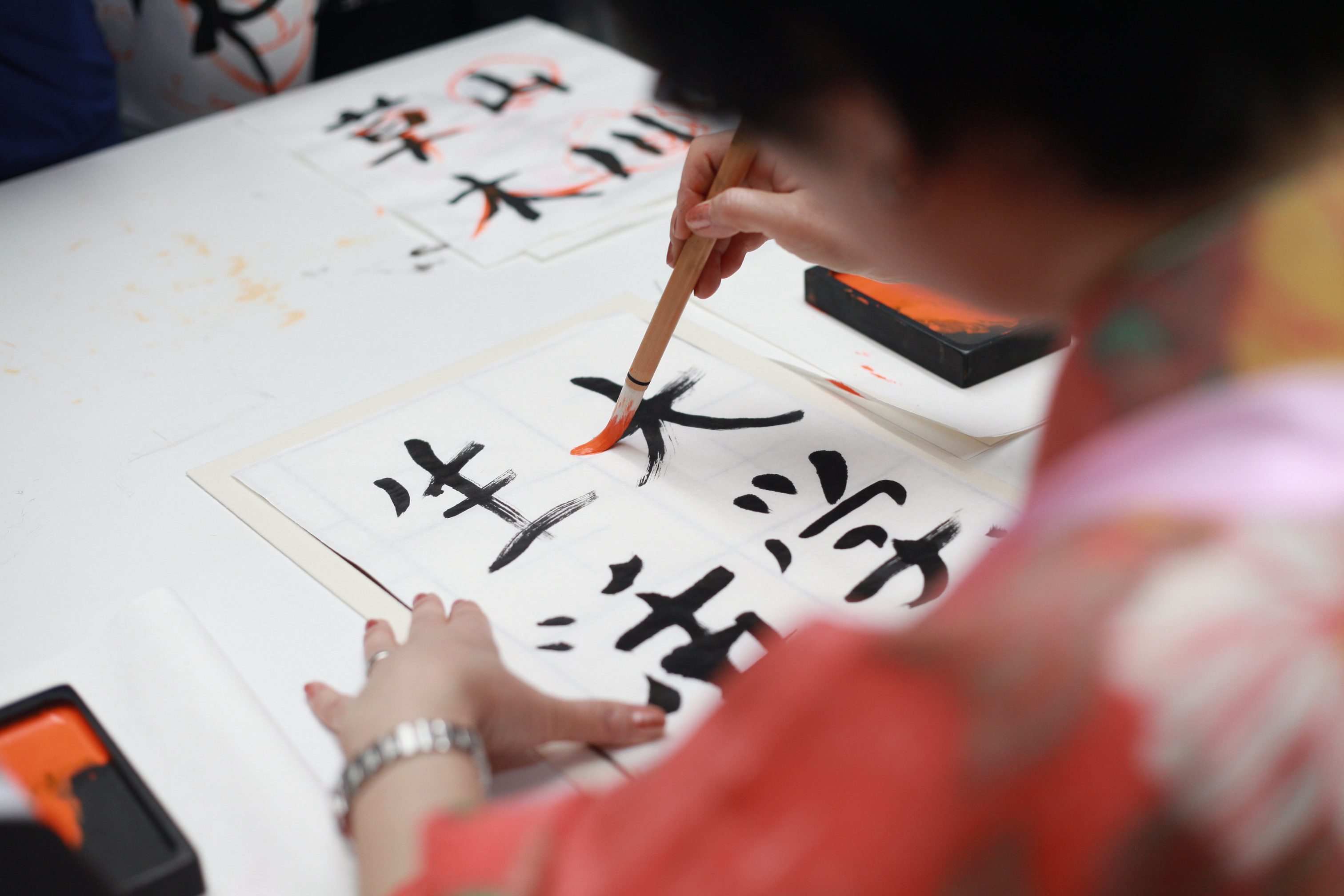
Art therapy’s accessibility and effectiveness have led to its widespread use in various settings, making it a versatile tool for promoting mental health and emotional well-being across all ages and backgrounds. By providing a creative outlet for expression, fostering emotional well-being, and promoting social connection, art therapy contributes to the overall health and strength of individuals and communities. It is a powerful tool for personal growth, healing, and collective support, making it a valuable resource in navigating life’s challenges and triumphs.
Conclusion
The fusion of art and mental health care offers a promising avenue for healing and well-being. As the world continues to recognise the importance of mental health, the role of art in this domain is increasingly valued, bringing hope and healing to many.
